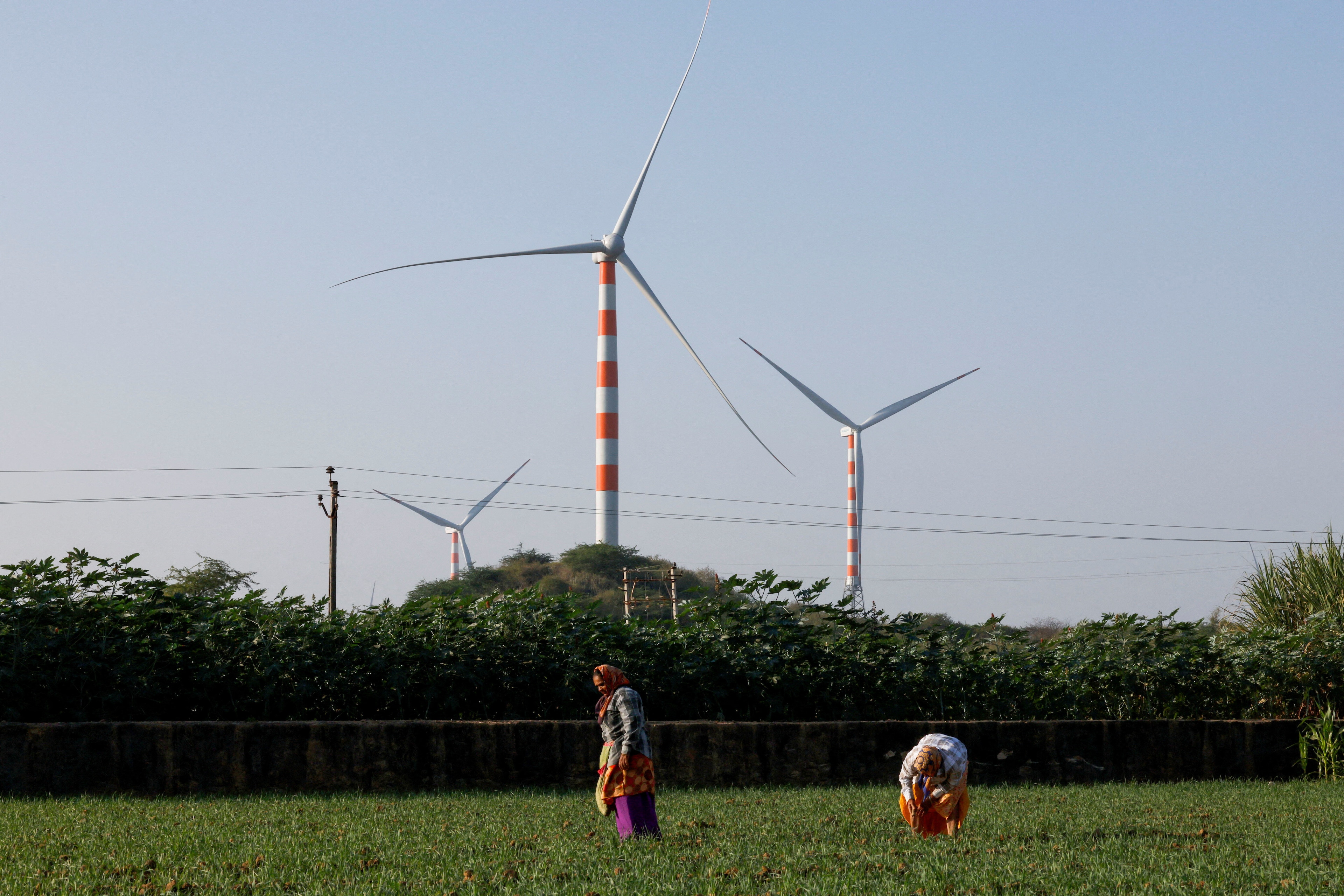10 ways the world can improve access to minerals for the energy transition
There is an anticipated supply deficit of critical minerals by 2030.
Image: Unsplash/Anton Maksimov
Stay up to date:
Energy Transition
- Reaching net zero emissions targets will depend on the availability of enough minerals and rare earth elements.
- But there is an anticipated supply deficit of critical minerals by 2030, which would require the biggest-ever increase in critical mineral production, experts say.
- A new report from the World Economic Forum and McKinsey outlines the risks this could pose and strategies to help mitigate them.
“The energy transition is essential to achieving a sustainable future, but it is also fraught with risks of a supply shortfall of critical minerals.”
That’s the conclusion of a new report from the World Economic Forum, which highlights a considerable gap between the supply and demand of critical minerals, including lithium, copper, cobalt and nickel.
Closing that gap will require the biggest ramp-up of critical mineral production in history, according to the International Energy Agency.
Critical minerals: supply-demand imbalance risks
Securing Minerals for the Energy Transition, produced by the Forum in collaboration with McKinsey, identifies two types of risks associated with the supply-demand gap of critical minerals: the first associated with the inability to close the supply-demand gap, and the second, with efforts to close the supply-demand gap.
The report outlines five risk categories – political, economic, social, technological and environmental – by highest likelihood and impact. As highlighted in the graphic below, these risks range from insufficient capital to address supply-demand imbalances, to a rise in illegal mining and more volatile commodity prices.
To lessen the chances of such risks occurring, the report recommends 10 high-priority actions.
1. Decrease the resource intensity of mining activities while improving resource efficiency and reuse
Mining operations can reduce their environmental impact by adopting sustainable practices that cut minerals and water use. Efficient technologies and closed-loop systems can be used to extract, process and reuse minerals.
Examples include urban mining, which allows for the extraction of rare earth elements from electronics, such as smartphones, at the end of their life.
How is the World Economic Forum facilitating the transition to clean energy?
2. Mobilize international private and institutional investment for the transition
Private and institutional investment can help increase the supply of critical minerals for the transition.
Institutionalizing environmental, social and governance (ESG) principles in foreign investments and through digital platforms can bring more investments from responsible investors.
3. Leverage alternative financing instruments in challenging markets
Alternative financing instruments – financial products and services that raise capital outside of traditional channels – can help mitigate investor risks, particularly in less attractive markets.
These instruments, which could include concessional and blended finance, impact investing and green bonds, can be used by local governments and industry leaders to improve transparency, minimize risks and foster climate finance readiness.
Accept our marketing cookies to access this content.
These cookies are currently disabled in your browser.
4. Increase data transparency on supply and demand
By sharing transparent, accurate and up-to-date information on supply and demand dynamics, stakeholders can address potential shortages or excesses of critical minerals and ensure sustainable resource management.
5. Address price uncertainty due to limited information
Stable trading relationships can help with price uncertainty. Stakeholders can use financial instruments like hedging strategies or long-term contracts to provide price stability.
Price transparency measures, such as spot pricing transactions, can also help mineral markets where information between buyers and sellers is not disclosed.
6. Increase value-add for local communities
Mining companies can work with local people to increase the socioeconomic benefits of their projects. They can create jobs and develop skills, promote local development, and ensure equality and inclusion.
Companies and governments could work together before a project, or an expansion of a project starts. That could help identify strategic priorities for local socioeconomic development.
Accept our marketing cookies to access this content.
These cookies are currently disabled in your browser.
7. Encourage dialogue on policy design
To facilitate the energy transition, policymakers need to create a favourable investment climate.
Collaboration and policy discussions should be happening at a global level, involving governments as well as public- and private-sector organizations, to swiftly mobilize action.
8. Accelerate the pace of innovation
Technological innovation and better practices can cut the need for a vital mineral or increase its supply. Collaboration between academia and industry, as well as research and development, can encourage the use of advanced technologies and methods to address shortages.
9. Address the lack of consistency among mining ESG standards
Harmonizing regional and international mining ESG standards can level the playing field for companies. However, existing frameworks need to be changed to remove roadblocks in ESG performance, reporting, and tracking.
10. Streamline and de-risk processes for approval and governance of mining projects
By modernizing and standardizing permit and approval procedures, lead times can be reduced and supply strengthened.
The European Union has already made plans to cut its project approval times as part of the recent Critical Raw Materials Act – down from a potential 10-15 years, currently, to 27 months.
Improving the governance and oversight of mining projects will boost compliance with regulations, further reducing associated risks.
And such measures can’t come soon enough, the report’s authors explain in a recent summary of their findings. “As the window to a 1.5°C world degree world is rapidly closing, fast-moving collaboration on critical minerals has become an urgent priority,” warns Espen Mehlum, Head of Energy Transition Intelligence and Regional Acceleration, World Economic Forum.
Accept our marketing cookies to access this content.
These cookies are currently disabled in your browser.
Don't miss any update on this topic
Create a free account and access your personalized content collection with our latest publications and analyses.
License and Republishing
World Economic Forum articles may be republished in accordance with the Creative Commons Attribution-NonCommercial-NoDerivatives 4.0 International Public License, and in accordance with our Terms of Use.
The views expressed in this article are those of the author alone and not the World Economic Forum.
Forum Stories newsletter
Bringing you weekly curated insights and analysis on the global issues that matter.
More on Energy TransitionSee all
Charles Bourgault and Sarah Moin
August 19, 2025
Jürgen Karl Zattler and Adrian Severin Schmieg
August 18, 2025
Piyush Verma
August 18, 2025
Valentin Chomel and Jacques-Alexis Verrecchia
August 14, 2025
Gaurav Upadhyay and Labanya Prakash Jena
August 8, 2025
David Timis
August 8, 2025





